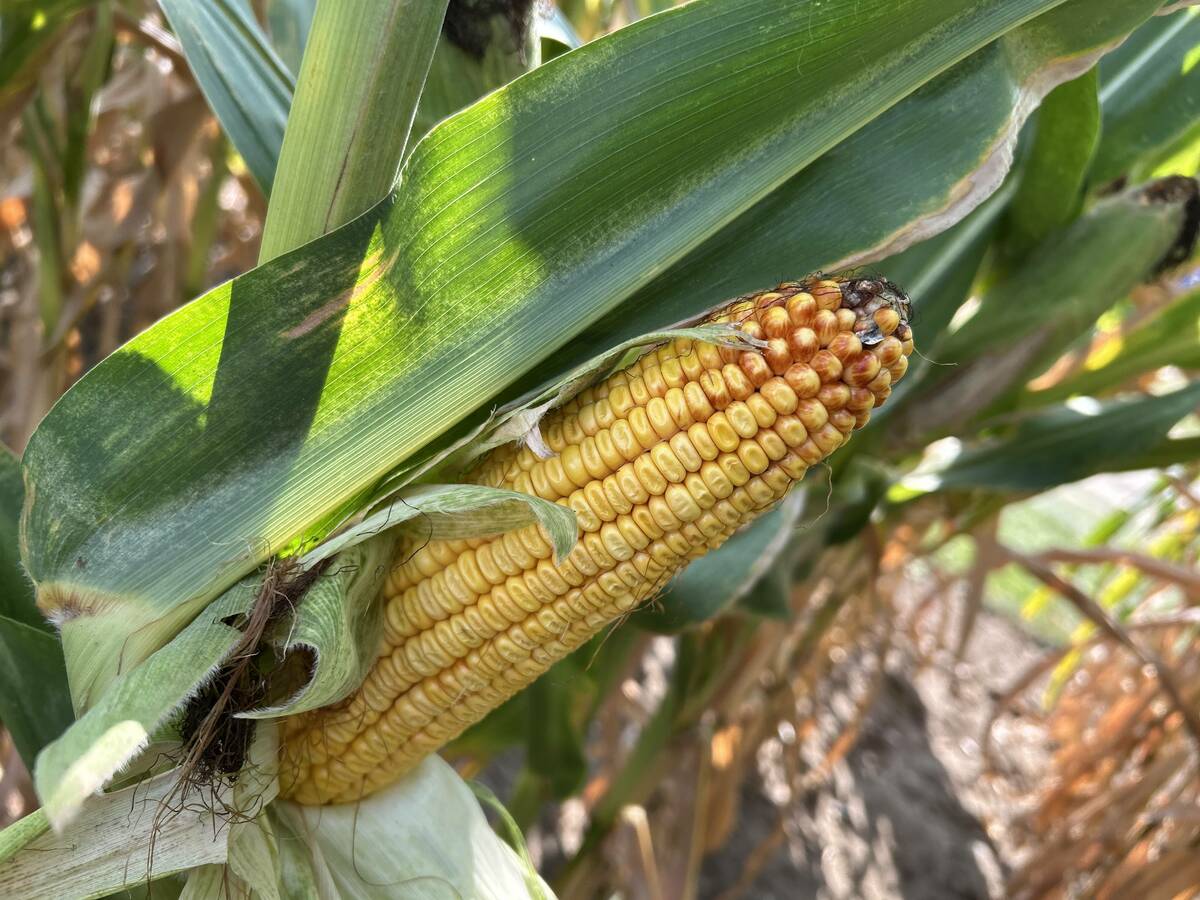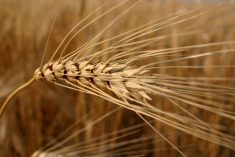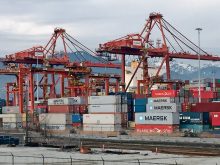Like a deep layer of oil floating on water, a drought region lies across the top third of China.
Most of it had less than half of normal rainfall in May and many areas had less than 25 percent.
The drought is the worst since 1991. Back then, China’s wheat imports soared to their second highest amount, more than 15 million tonnes, of which Canada provided about half.
But the news story on page 15 shows that, amazingly, China this year expects to export a small quantity of wheat.
Read Also

Crop estimates show mixed results
Model-based estimates used by Statistics Canada showed the 2025/26 crop year has seen increases in canola, corn for grain, oats and lentils production while seeing dips in spring wheat, durum wheat, soybeans and barley in comparison to 2024/25.
It already is a major corn exporter in the region.
One reason Chinese authorities believe they can do this is that 70 percent of the wheat crop is irrigated and, in the short term, so long as there is irrigation water, rainfall matters less.
Also, China has huge emergency stockpiles of wheat and other grains.
The United States Department of Agriculture recently shocked the world wheat trade when it revised its long-term estimate of Chinese wheat stocks. It raised current-year stocks to 54 million tonnes from about 14 million under the previous estimate.
This year’s expected wheat export is a sign Beijing wants to cut the cost of maintaining those stores.
The International Grains Council, a London-based watchdog on world supply and demand, last week said that despite the stocks, China is expected to increase grain imports in the future.
One reason is a demand for quality. Chinese brewers want quality malting barley to meet the growing demand for beer.
The sophisticated urban population wants high quality bread and bakery products, implying demand for quality wheat of various classes.
But also, there is the problem that large areas of China’s north do not get enough rain to support intensive agriculture.
Aquifers in the north are dropping fast and lakes are going dry because of overpumping.
For these areas, grain imports can be seen as water imports.
The size of grain imports in the future might depend on whether a massive water diversion plan goes ahead.
China has resurrected a plan to divert huge quantities from the water-rich south to the dry north. If complete, the three projects, each valued in the billions of dollars, would transfer north the equivalent of the Yellow River, China’s second largest.
The question is, how long can they keep this up, financially and ecologically?














